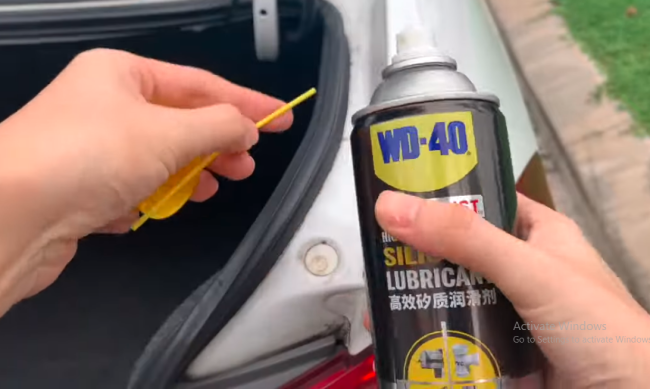Windows are integral to any home, providing light, ventilation, and a view of the outside world. However, to maintain the functionality and appearance of these windows, regular maintenance is essential. One key aspect of window maintenance is lubricating the sash moving parts. This blog post will guide you through the steps of lubricating sash moving parts, the benefits of doing so, and tips for choosing the right lubricant.
Why Lubricating Sash Moving Parts is Important
Over time, the moving parts of your window sashes can become stiff and difficult to operate. This can be due to dust, dirt, and debris accumulating in the tracks or hinges. Without proper lubrication, your windows may become difficult to open and close, leading to wear and tear that can shorten their lifespan. Lubricating these parts ensures smooth operation, reduces friction, and helps prevent damage.
To maintain optimal performance, it’s important to regularly clean the tracks and hinges using a soft brush or cloth to remove any buildup. Applying a silicone-based lubricant can help keep these components moving smoothly. Additionally, inspecting the window frames and weather stripping for damage or wear can further enhance the longevity and functionality of your windows. Regular maintenance not only ensures ease of use but also preserves the integrity of your home’s fixtures.
Tools and Materials You’ll Need
Before you start, gather the following tools and materials:
- Soft cloth or sponge
- Mild soap or detergent
- Water
- Lubricant (silicone spray, WD-40, or a similar product)
- Screwdriver (if needed for disassembly)
Step-by-Step Guide to Lubricating Sash Moving Parts
Step 1: Clean the Window Tracks and Hinges
Begin by cleaning the window tracks and hinges. Use a soft cloth or sponge with mild soap and water to remove any dirt, dust, or debris. Make sure to thoroughly dry the area after cleaning to prevent moisture from interfering with the lubricant.
Step 2: Choose the Right Lubricant
Selecting the appropriate lubricant is crucial for effective maintenance. Silicone spray is often recommended because it provides long-lasting lubrication and does not attract dust and grime. WD-40 can also be used, but it may need to be reapplied more frequently.
Step 3: Apply the Lubricant
Once the area is clean and dry, apply the lubricant to the moving parts. For window tracks, spray the lubricant along the tracks, ensuring an even coat. For hinges or other moving parts, apply the lubricant directly and use a cloth to distribute it evenly. Avoid using excessive amounts, as this can lead to build-up and attract more dirt.
Step 4: Operate the Windows
After applying the lubricant, open and close the windows several times to distribute the lubricant evenly across the moving parts. This will help ensure smooth operation and allow the lubricant to penetrate all necessary areas.
Step 5: Wipe Away Excess Lubricant
Finally, use a clean cloth to wipe away any excess lubricant. This will help prevent dust and dirt from sticking to the surfaces and keep your windows looking clean.
Additional Tips for Window Maintenance
Maintaining your windows involves more than just lubricating the sash moving parts. Here are some additional tips to keep your windows in top condition:
- Regular Cleaning: Clean your windows regularly to prevent the build-up of dirt and grime. This not only keeps them looking great but also ensures smooth operation.
- Inspect for Damage: Periodically inspect your windows for any signs of damage, such as cracks or broken seals. Addressing these issues promptly can prevent more extensive repairs down the line.
- Repaint or Refinish: If you have wooden window frames, consider repainting or refinishing them every few years to protect against weathering and prolong their lifespan.
- Window Installation: If you’re in need of professional window installation in Utah, make sure to choose a reputable company that offers high-quality materials and expert installation services.
Conclusion
Lubricating the sash moving parts of your windows is a simple yet essential maintenance task that can significantly improve their functionality and longevity. Over time, dust and debris can build up, causing the sash to become sticky and difficult to maneuver. Regular lubrication helps prevent this by keeping the moving parts clean and free of friction. By following the steps outlined in this guide and incorporating regular maintenance practices, you can ensure that your windows continue to operate smoothly and efficiently for years to come. Additionally, well-lubricated windows contribute to better energy efficiency by maintaining a tighter seal against the elements, ultimately saving you money on heating and cooling costs.

